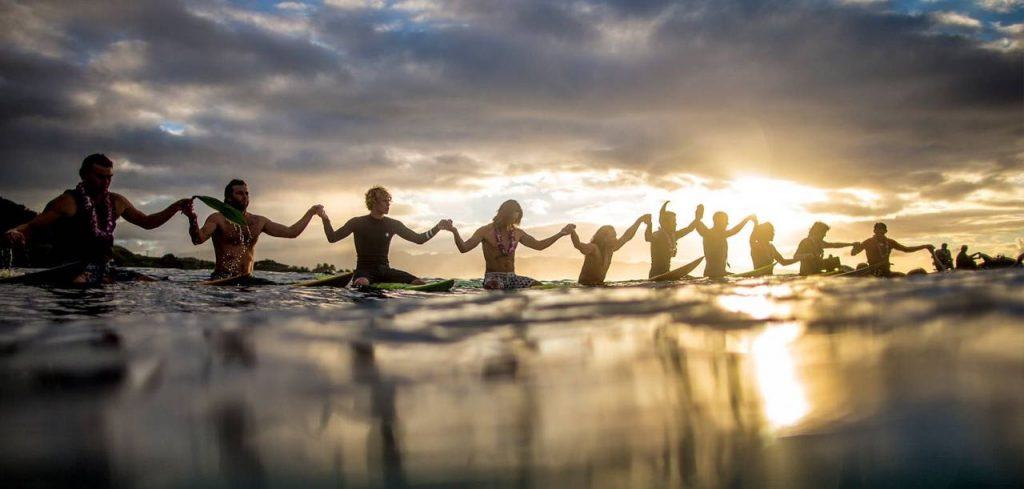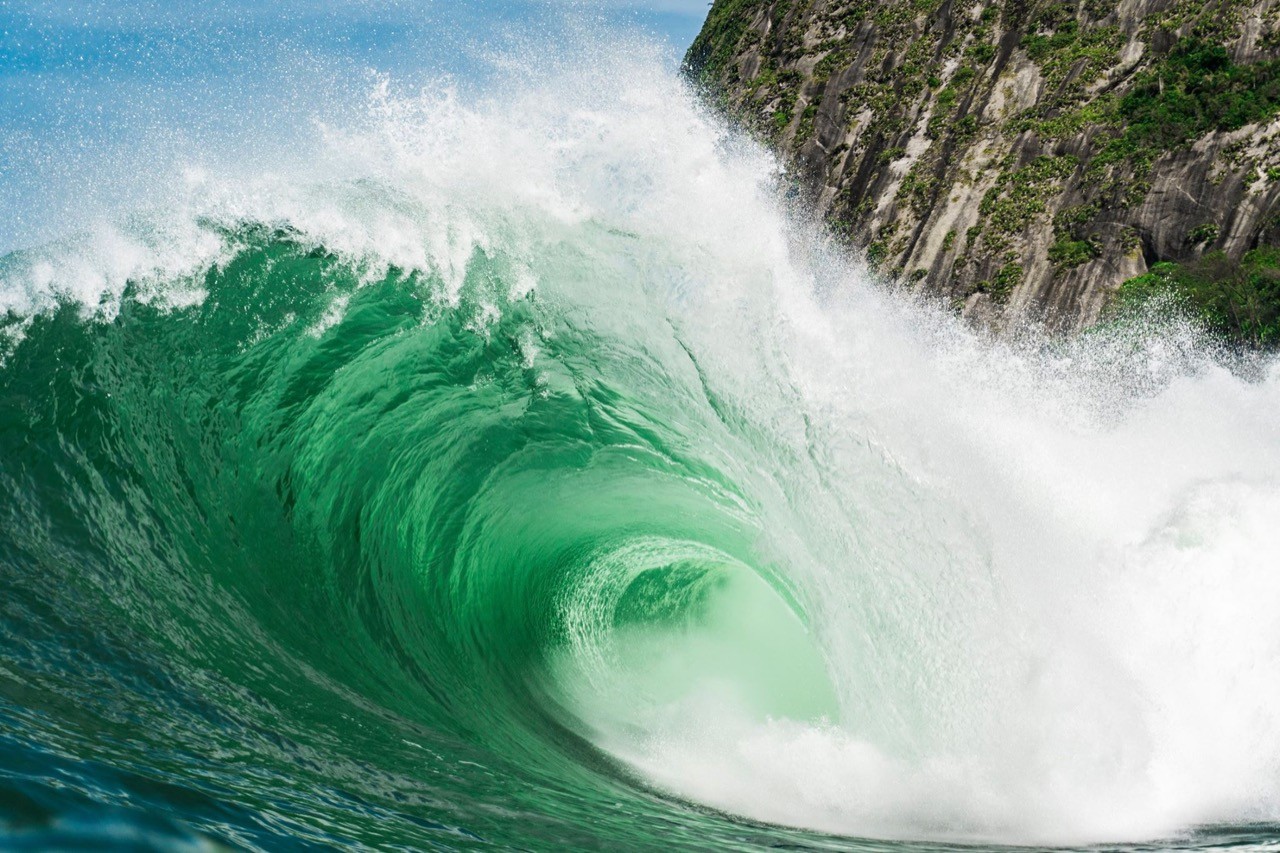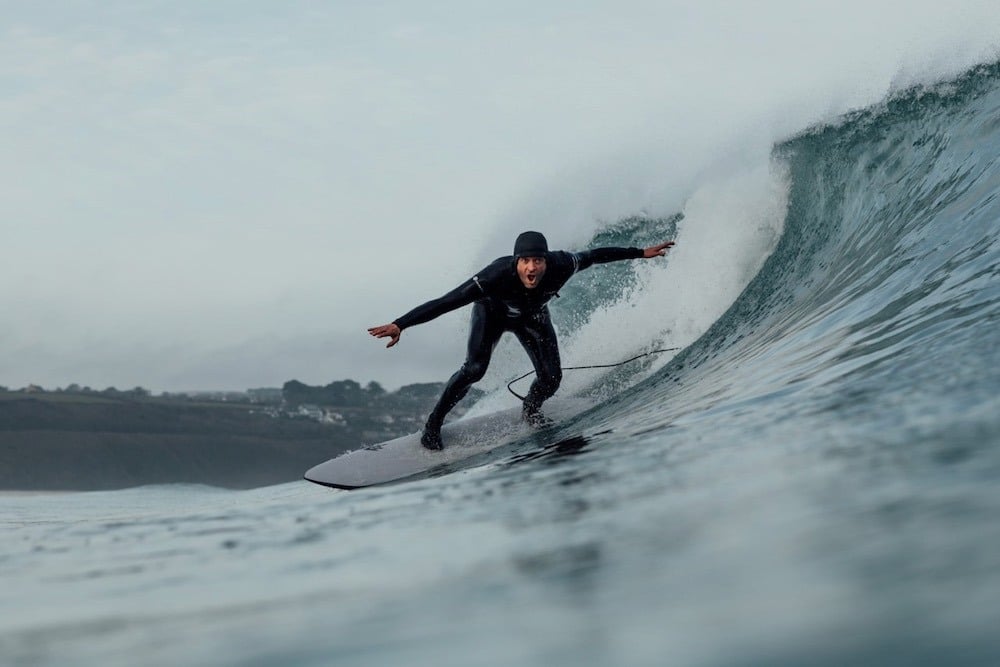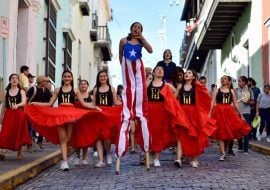Paddle Out – Surf’s Cherished Culture


The Paddle Out
The even vibration of your car engine goes silent as you cut the ignition in a beach parking lot. The ambiance and fluid motions of the coast seem to have a different rhythm this early in the morning. Sun rays begin to poke out over the horizon and illuminate the walking heads. They are in route with boards in hand to the paddle out.
You quickly force your limbs through the rubbery wet suit to defend your body from the conditions ahead. A quick wax of the board and you file in with the dozens of other surfers headed out to the dark blue abyss. As you take a leap over the first crashing wave in shallow waters, you notice that very few human sounds are heard. Not because it’s the crack of dawn and these individuals aren’t morning people; no, it is a far more serious tone. One that is forthright and gives off the strong feeling of unity.
A special hero is remembered today. A fallen surfer who gained the respect and love of the entire community. Watermen beside you carry leis and floral arrangements as their hands gently pierce the calm water, propelling them forward. Minutes later those same hands lock with those to their left and right to form a powerful circle.
Silence. Then a short prayer followed by words of joy and thankfulness. Afterward, the circle erupts in cheers and throws their flower offerings as high as they can into the air. The petals scatter over the waves that are powered by the force of the soul you are celebrating.
What you have been doing for the past several minutes is now equivalent to your destination.

Photo by Mark Rightmire via Huffington Post
It is one of the most ceremonial activities in all of sports. The art of surfing dates back to the ancient times of the Polynesians. It thrived as the center of culture before European intervention. An entire community was involved. The chief was usually the most talented wave rider with a board crafted by only the finest wood.
As time went on, surfing evolved after being introduced to other parts of the world. Historians have a decent grip on where the art originated, yet the birth of the paddle out is still up for debate. Many attest that ancient burials took place on land rather than in the water.
On the other hand, a more accepted theory on the paddle out describes that the commemoration was first documented in the late teens and early ‘20s on the beaches of Waikiki. The local men (known as “the beach boys”) who taught tourists how to surf are said to have originated the ceremony. A few decades later, the art of surfing catapulted into another dimension that involved the competition of sport. It gained an immense worldwide popularity thanks to the movie “Gidget.” A portrayal of the surf lifestyle in Southern California during the early ‘60s.
Fast forward to the present day and the sport has truly taken off. From the US Open of Surfing in Huntington Beach, California to the Margaret River Pro in Western Australia, the culture and the number of athletes has increased considerably. Nowadays the sight of dozens of surfers circled out in the water gives way to only one meaning. Someone has passed away. Paddle outs have become entwined within surf’s cherished culture. They can even involve several parts of the world to honor a fallen great.
Historical Memorial Services

Opening ceremony of the Eddie. Photo credit: Quiksilver
The most widely recognized paddle out in recent times honors the late Eddie Aikau. Eddie strolled the beaches of Waimea Bay, Oahu in the ‘60s and ‘70s not only as a surfer but a renown lifeguard who had saved hundreds of lives. His heroic actions and peacemaking personality earned him the ongoing memorial that is now sponsored by the surfwear company Quiksilver. The brand holds an annual big wave surf competition known as “The Eddie.” A celebratory event that honors the life of the fearless surfer who took on waves of monstrous heights. Only the event invitees are able to participate in the surfers’ circle on Opening Ceremony Day.
Another type of paddle out can have a bit more of an open invitation. After the sudden death of Andy Irons, three-time world champion surfer, paddle outs were organized around the world. Surfers took to the circle in Australia, Brazil, Spain, Italy, France, California, Hawai’i and more. The most important, however, took place in Irons’ hometown of Hanalei, Kauai where the Circle of Honor was proceeded with live music and food on the beach.
What took place out in each of those circles is very similar to that of other paddle outs. A representation of a physical, spiritual and an emotional connection capped off by the effervescent feeling of life’s celebration. Maybe history is meant to be a bit uncertain. Maybe pinpointing the exact date in time when surfing was born is not suppose to be known.
The hazy background of this sacred culture seems to clear up in that hallowed ring. Very similar to the morning fog evaporating when the sun climbs above the ocean’s horizon. For the mythological feeling of the paddle out represents more than just mankind’s history. It represents a vibration and a higher power controlling it.
Feature image credit: Quiksilver
Last updated on Oct 10, 2019Have you subscribed to our Newsletter or Podcast? Listen to us on Apple Podcast and Spotify and follow us on Facebook, Instagram Twitter and YouTube.








